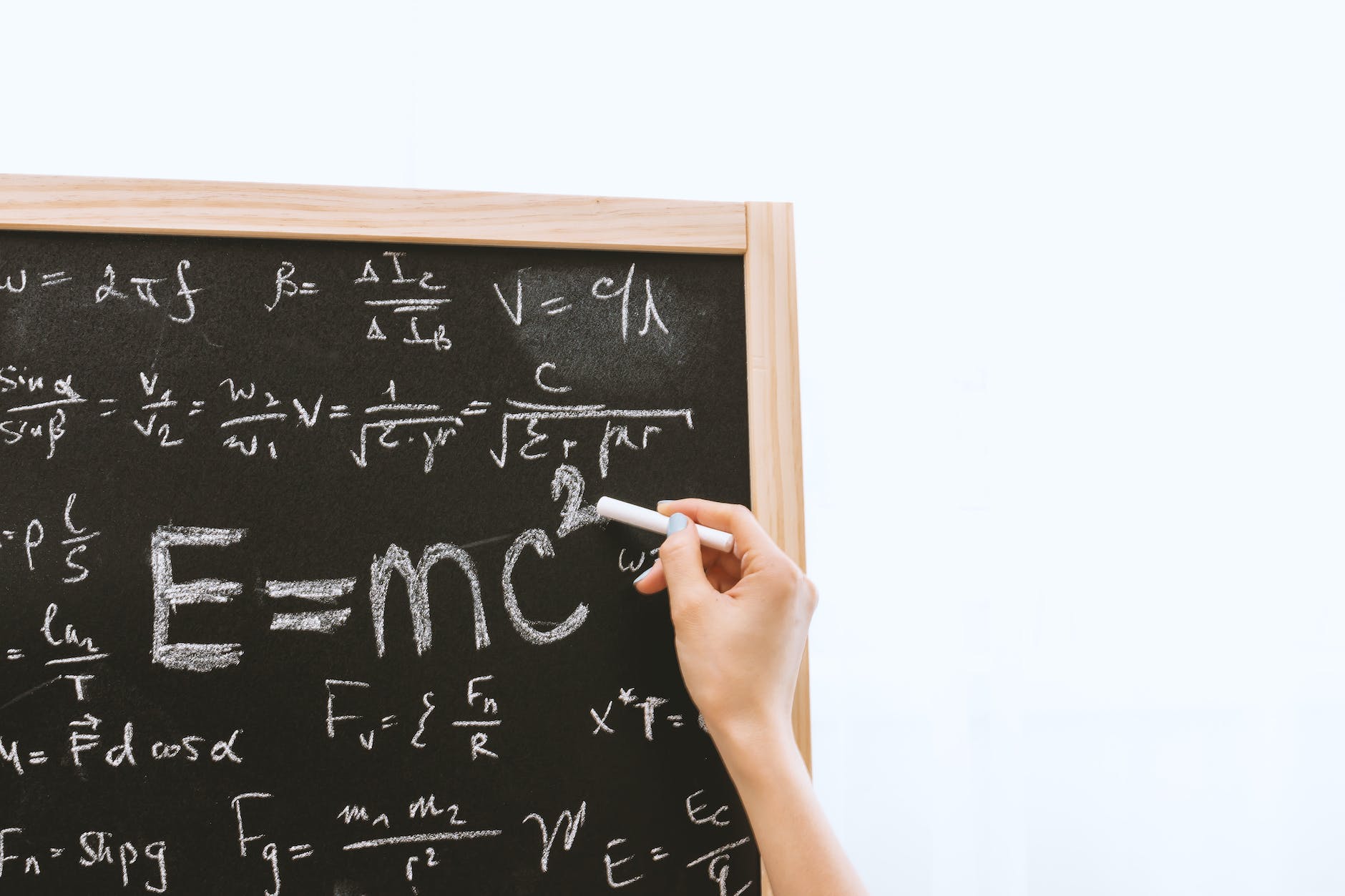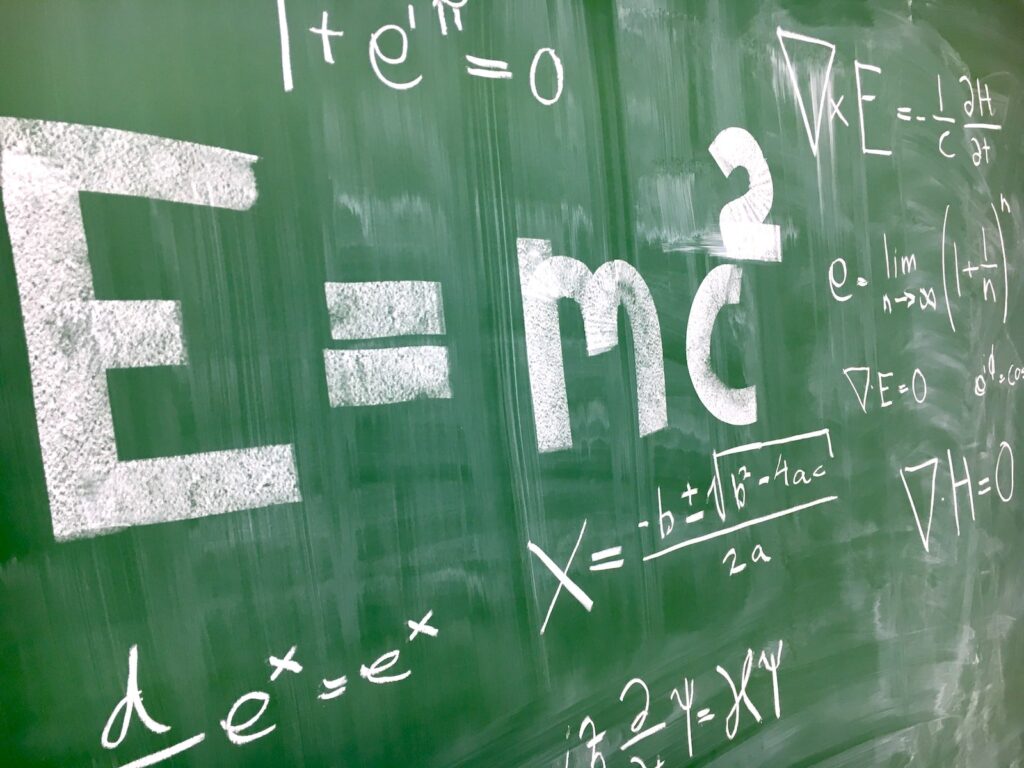
This equation is known as the gravitational force equation, and it is used to calculate the gravitational force between two objects. In summary, the game of What If? 2 is a fun way to explore the serious physics of orbital motion. By playing the game, you can learn about the effects of gravity, the gravitational force equation, and how to get an object into a stable orbit. The game also serves as a great introduction to the concepts of Newton’s cannonball and the International Space Station.
I’m a huge fan of online games that don’t have a score or even a goal. One such game is a cartoon space simulator to promote the book What If? 2, by Randall Munroe, the author of the xkcd comics. You can play it by clicking here. (Don’t worry, I’ll wait.)
The Game for Serious Physics

The game works like this: You start off with a rocket on a very small planet. Click on the rocket to start, then you can use the arrows on your keyboard to turn on the thruster, rotate the spacecraft, and find other planets and a few fun things that are mostly inside What If jokes. That’s it. That’s the game. It’s silly and fun, and I love it.
But it turns out that you can use even a simple game to explore some key concepts in physics. One of the things you can see on the initial planet is a recreation of “Newton’s cannonball”—Isaac Newton’s thought experiment about the connection between a fast-moving projectile and orbital motion. Newton said that if you were able to shoot a very fast cannonball horizontally off a very tall mountain, it’s possible that the curve of its trajectory could match the curvature of the Earth. This would make the cannonball fall but never hit the ground. (This is essentially what happens with an orbiting object like the International Space Station), only the ISS wasn’t shot off a tall mountain.
Seeing Newton’s cannonball made me assume that I could get my spacecraft to orbit this tiny planet, which would be fun. I tried it right away, using the arrow keys—with very little success. Every time I almost got it into a stable orbit, it wouldn’t last. That made me wonder if the physics interactions that control orbits in the What If world are anything like those in the real universe.
The first physics concept that applies to orbital motion is, of course, gravity. There is a gravitational interaction between any two objects that have mass. For example, there is an attractive force between the Earth and the pencil you are holding in your hand, since they both have mass. If you release the pencil, it falls.
If you’re standing on the surface of the Earth, the gravitational force acting on the pencil seems to be constant. However, if you get that pencil far enough away from the Earth (like 400 kilometres away, which is the distance at which the ISS orbits), then you would notice a decrease in the gravitational interaction: The pencil would weigh less and take longer to fall.
We can model the gravitational force between two objects with the following equation:
F = G * m1 * m2 / r2
Where F is the force, G is the gravitational constant, m1 and m2 are the masses of the two objects, and r is the distance between them. This equation shows that the gravitational force decreases with distance.
So, if you want to get your spacecraft into an orbit, you need to make sure that the gravitational force is balanced by the centripetal force. This is the force that keeps objects moving in a curved path, and it is equal to the mass of the object times the square of its velocity, divided by the radius of the orbit.
To put it another way, if you want to get your spacecraft into an orbit, you need to make sure that the gravitational force is balanced by the centripetal force. This means that you need to make sure that the velocity of your spacecraft is high enough to counteract the decrease in the gravitational force with distance.
Conclusion
So, if you want to get your spacecraft into an orbit, you need to make sure that you balance the gravitational force with the centripetal force. This requires you to make sure that the velocity of your spacecraft is high enough to counteract the decrease in the gravitational force with distance. With the right combination of speed and trajectory, you can achieve a stable orbit around any planet or moon.
#Silly #Game #Physics